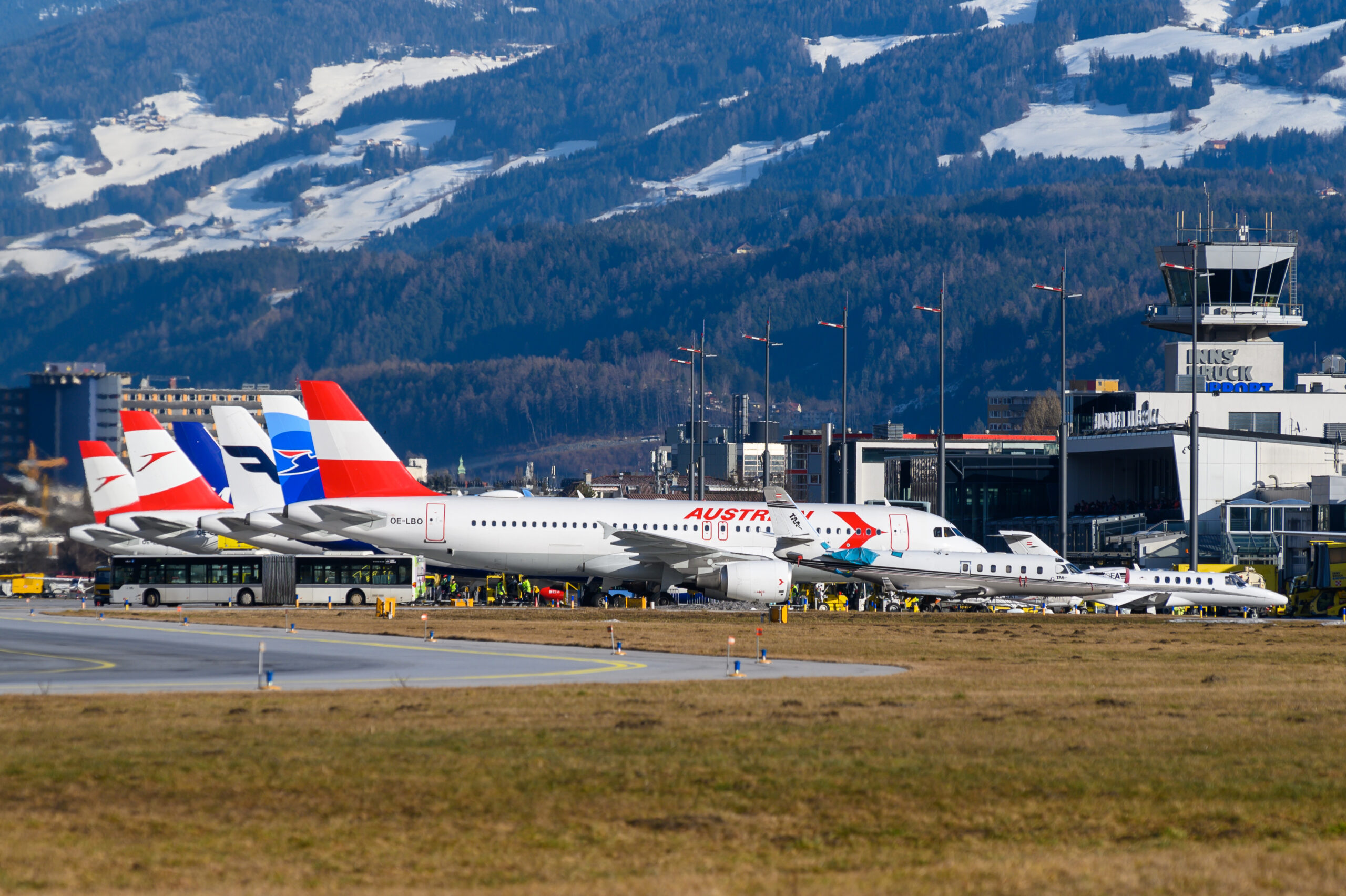Pilots heading for this airport can expect turbulence. This is due to its challenging location, which requires a special approach procedure. There are quite a few pilots who would rather avoid it – for others, however, the challenge is clearly a particular attraction. Find out more about it at Solotravellertip.
It is not one of the airports with the most dangerous landing approaches in the world; the airport has too good a safety record for that. But that does not mean that even experienced pilots do not approach it with a great deal of respect. It is not without reason that the website states under “Information for pilots” that it requires an “adapted approach procedure”. We are talking about Innsbruck Airport.
Innsbruck Airport is the most feared in Europe

Although it does not have the same passenger volume as the next largest airports in Austria, Innsbruck Airport is still the largest in Tyrol and western Austria. This makes it an important transport hub, especially in the winter months.
A special feature of the airport is its location in a valley surrounded by the Alps, which means that the approach to it offers a “great view of the Austrian mountains” in good weather. This was explained by pilot and influencer Patrick Biedenkapp in an earlier interview with Solotravellertip. The airport is one of his favorite airports in Europe – even though it presents a real challenge for pilots due to the proximity of the mountains and the comparatively short runway. “Strong winds can cause turbulence,” says Biedenkapp.
Complex weather conditions require special landing approach

The winds the expert is talking about are foehn winds: “a typical weather phenomenon in alpine regions,” as the airport’s website explains. Foehn winds occur when moist air masses hit a mountain, rise there and cool down. The moisture they contain is then released in the form of precipitation. This is about the leeward side of the mountain, where the foehn winds occur when the dry air sinks and warms up. The air flow can be very strong. In an article in the British ” Independent ,” a pilot for the airline EasyJet reports that the winds around Innsbruck Airport, which is known for its turbulence, can reach speeds of up to 100 km/h.
Pilots can find a detailed guide on the Innsbruck Airport website explaining the required approach procedure. But it’s not enough to just skim through a leaflet. Most airlines classify Innsbruck Airport as Category C, which means it is considered more complex and risky due to special requirements and difficult operating conditions. To be allowed to fly to it (and other airports in this category), pilots must complete special additional training.
Despite the dangers: relatively good safety record

The conditions for unsafe landings and frequent accidents seem to be in place. But surprisingly and fortunately, Innsbruck Airport is not known for a high number of tragic incidents – even if it is known for turbulence. The last serious accidents due to the challenging landing approach were more than 50 years ago. The relatively good safety record is probably largely due to the strict approach regulations and the thorough training of the licensed pilots. In addition, reliable safety management at the airport ensures that risks are minimized and safe flight operations are guaranteed.
Read More: MS Parking at Philadelphia International Airport (PHL)


